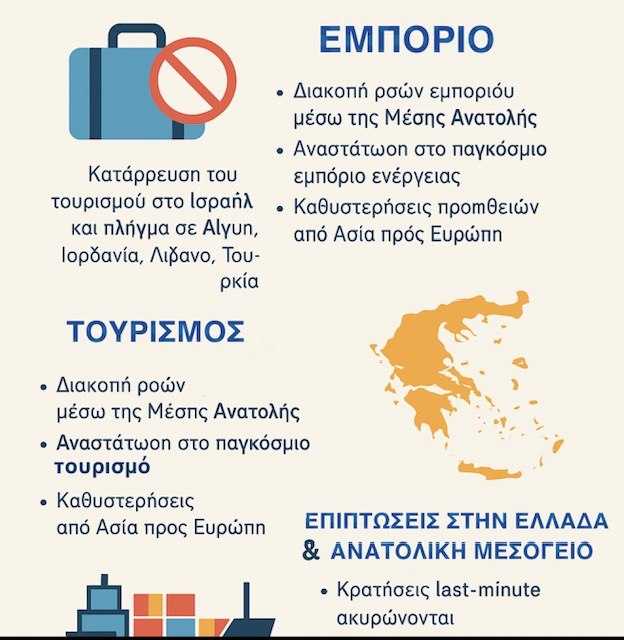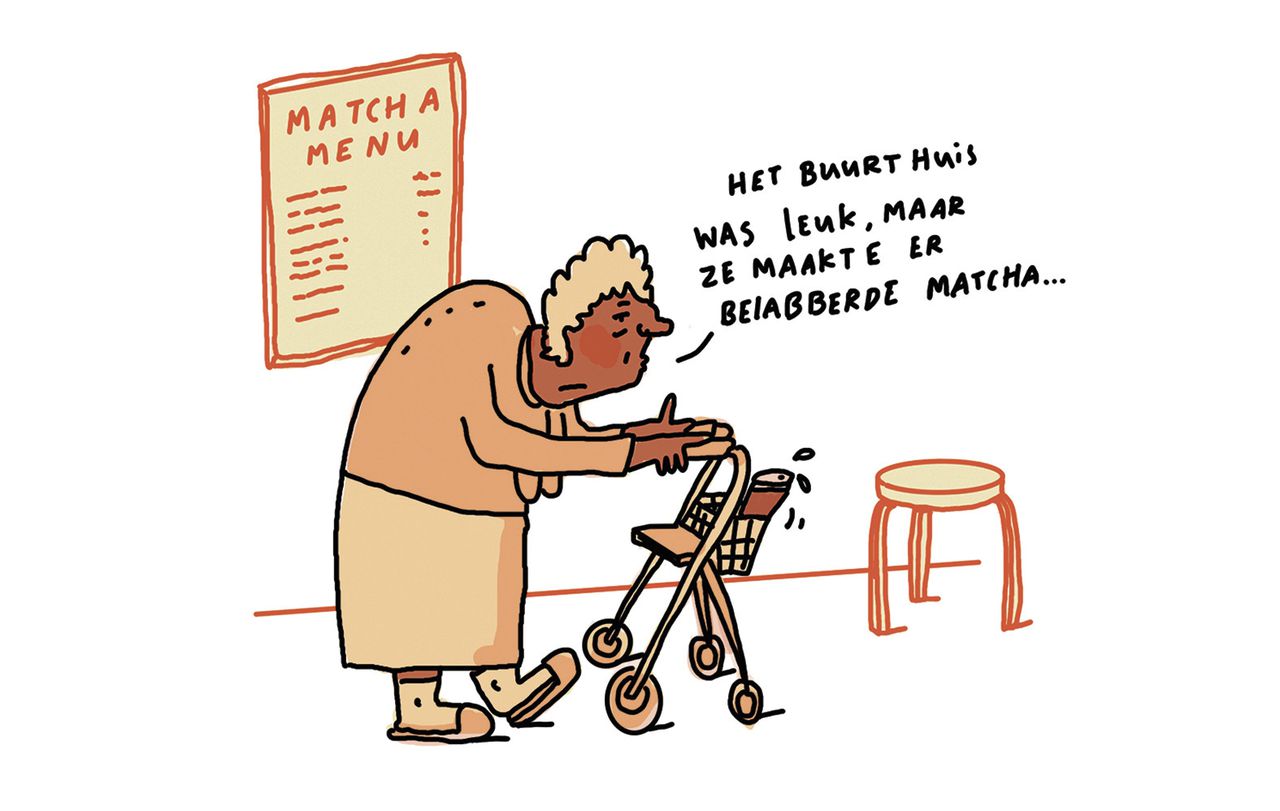Climate Change: Ice disappeared from this island

Saint Paul on the tiny island in the middle of the Bering Sea, had recently completed the longest winter season in recorded history with temperatures over zero as a result of climate change.
And while, more or less, we have all felt the changes in the climate, some are scared to see them happen.
Aaron Lestenkof is one of the guards on this island of Alaska, who monitors the changes to the environment in these 43 square miles of windswept hills and tundra. It is also one of the 338 inhabitants who still manage to live on the island, which has become significantly more complicated as the sea sea is heated around them.
The consequences of climate change
In the last decade, a steady increase in water temperature has caused turmoil in the North Pacific, eliminating populations of fish, birds and crab.
Water turmoil has brought so many changes to this remote island, where residents are still filling their refrigerators with reindeer and seals, which forced many to think about how long they can afford.
The warm waters killed about 4 million details- the greatest extinction of any kind of bird ever recorded in modern times- including almost 80% of those nesting on the island of St. Paul.
They disappeared about 10 billion snow crabs, caused the collapse of Alaska’s main fishing based on them and caused the closure of the island’s largest tax revenue three years ago, the Triant Seafoods Crab Factory.
Municipal funds declined by 60%. The number of municipal employees was reduced from 43 to 18. Police dissolved. People moved. And the prices, which were already high, increased further in the island’s only grocery store – where the eggs were sold for $ 14.66 per box.
Deserted the island
Saint Paul’s experience shows how changes in climate, gradually until they are unquestionable, can penetrate the social fabric.
Once the island was a busy winter crab processing center, with magnificent houses built in the 1920s and a historic Russian Orthodox Church. Now it’s quieter. Many nights at the island’s lonely bar, where Lestenkof plays bass on Fridays, they don’t even bother to get chairs.
The 40 -year -old Lestenkof went to school with more than 100 classmates, he recalls. The number of registered is now 52 students.
When he was young, he bent next to his father in the rocky Akrotiri Sea Lion Neck to hunt down the ducks flying low or the sea lions of steller swimming. Years later, it helped geologists from the mainland to place piles to measure the rate of erosion until the stakes were finally washed.

A few seals on the island
The reason, he says, is planetary overheating. The sea ice that surrounded the island almost every winter rarely does it, exposing the Earth to tougher winter thunderstorms that remove cliffs and dunes, including huge pieces of a slope beneath the island’s cemetery.
‘We don’t freeze in winter like old’, He says speaking to the Washighton Post.
He was standing on the coast, looking over the waves to the small land ledge, all that is left of the eroded cape.
« We used to walk straight across, » Lestenkof said. « It just took some good thunderstorms to drag this. »
The destruction of the Sea Lion Neck came gradually, and then at once.
The collapse of a kind
The sea ice that covered the island did it only once since 2013.
« Now, most of the years is not coming at all, » said Brian Bretschneider, a climatologist in the Alaska area for the National Weather Service. « And it won’t come this year, » he added.
Since 1940, the average surface temperature of the central apricot sea around St Pa has increased by 2.4 degrees Fahrenheit – with a particularly increased period between 2014 and 2021, according to the National Ocean and Atmosphere.
The 2 million tonnes of ground fish caught there each year are a critical part of the nation’s food supply.
Decades of fishing research here had developed such a detailed picture of the marine ecosystem that scientists were able to predict the performance of fish and crab stocks even over the years, said Bill Tweit, Vice President of the Board of Directors. Bering Sea.
Climate change has blasted this confidence, an impact that Tweit likened to someone who pushes the plunger into a « big box with TNT ».
‘Something crazy is happening here’
The heatwave that breaks records in the apricot Sea began in 2018.
Erin Fedwa, a fishing biologist, saw firsthand the slaughter caused by this explosion during Noaa’s annual research on the populations of crab and fish as the waters were warmed.
In 2021, he spent two months on a bottom trawl boat. Three years earlier, her nets were shaking with young snow crabs. Now they were coming out.
Among the recovery, she studied historical numbers and sent messages to her landlords trying to express the seriousness of what he discovered. « Something crazy is happening here, » he remembers thinking.
Fedewa survey and others over the disappearance of over 90% of the population found that warmer water accelerated the metabolism of crab and led to mass hunger.

Alaska’s crabs
In recent years the waters in the Beringo Sea have been cooler. Snow crabs began to recover and fishing opened again last year with a small quota, although the St. Paul remained closed.
Federal disaster funds and the share of tax revenue from crabs delivered to other ports have helped to stabilize the city’s finances.
This winter, however, the ice at the sea was again frustrating, part of a low record throughout the Arctic. And in the last three months, a warm trend has reappeared.
« The south side of the sea is again in the heat state right now, » said Elizabeth Siddon, a biologist of Noaa Fisheries in Juneau, who is leading the report on the state of the Bergigia Sea ecosystem.
« Where did everyone go?
Rodney Towell, a statistician, visits the island to measure seals for the last 37 years. In the first year, about 182,000 fur seals were born and 67,000 in his most recent estimation.
In August, 10 dead sea lions were washed out on a beach near Cape Lion Neck, an enigmatic discovery that confused the ecosystem office. Its analysis now indicates that they died from a toxin in a blossom of algae – probably associated with warmer waters.
Another little erosion in a long decline.
« When I started working there, the situation was unprecedented, » Towell recalls. « You look across the flock, the noise of the noise coming out of there – I mean was just amazing. »
This… carpet of fur seals now appears as clusters and spots.
« And it’s like saying, where did they all go? » wondered. « It’s really disappointing. Almost painful. «
Paul Melovidov, 64, who lives on the island, described the same experience to see the seabirds dilute. The wonderful, countless flocks that went down every spring are something that the younger ones will not have the opportunity to see.
« It was once paradise, » he said.







